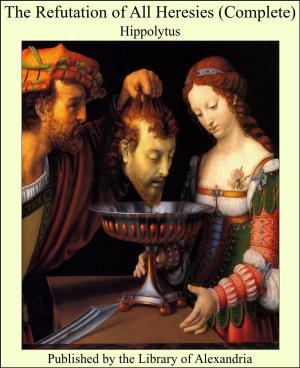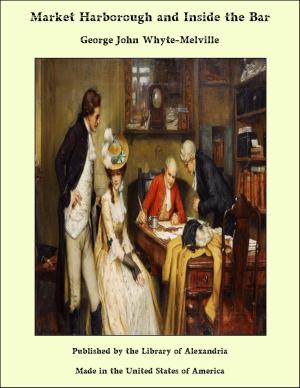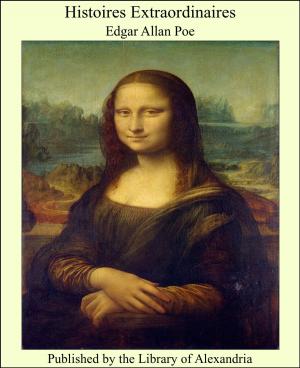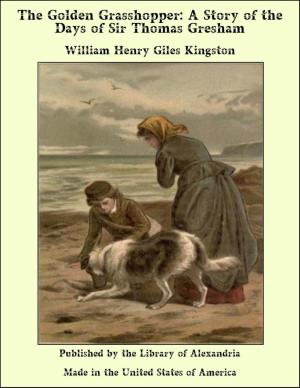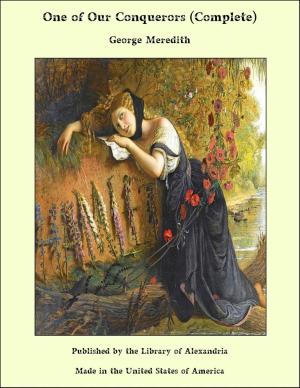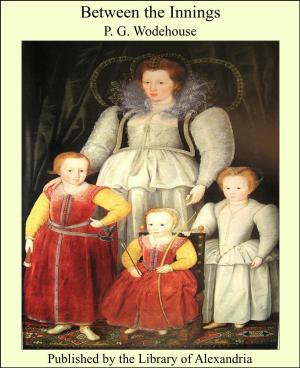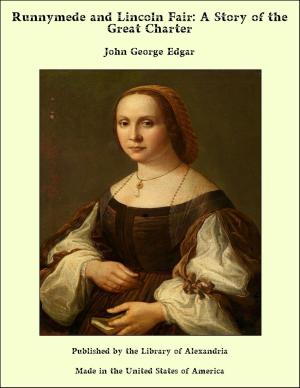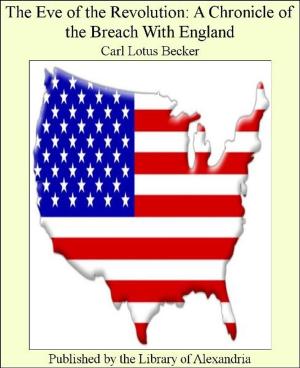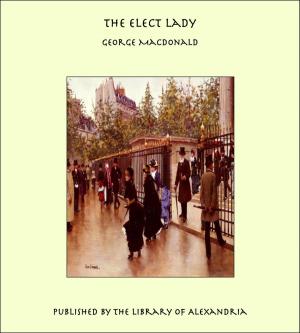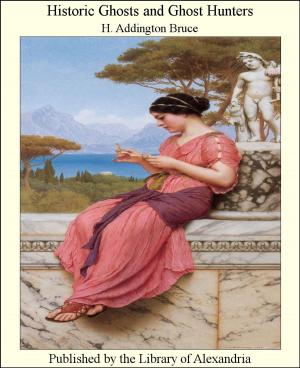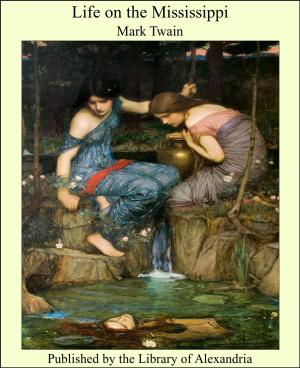The Treasure of Atlantis
Nonfiction, Religion & Spirituality, New Age, History, Fiction & Literature| Author: | J. Allan Dunn | ISBN: | 9781465536426 |
| Publisher: | Library of Alexandria | Publication: | March 8, 2015 |
| Imprint: | Language: | English |
| Author: | J. Allan Dunn |
| ISBN: | 9781465536426 |
| Publisher: | Library of Alexandria |
| Publication: | March 8, 2015 |
| Imprint: | |
| Language: | English |
All Around … All Around … The New Magazine … New Story … half-fabled, near-legendary magazine of the ‘teens. It began in November 1910 as The New Magazine, became New Story in August 1911, and experienced one more title change—to All Around—in December 1915, before combining with another Street & Smith pulp, People’s Magazine, in April 1917. New Story was an exciting and robust magazine. In 1913 it succeeded in obtaining the second novel of the immensely popular Tarzan series by Edgar Rice Burroughs—in direct competition with The All-Story (the Munsey magazine that had published “Tarzan of the Apes” in October 1912). “The Return of Tarzan” was published as a seven-part serial beginning in June 1913. A month after it had ended, another Burroughs’ serial, historical and heroic, “The Outlaw of Torn,” began in the January 1914 issue. It was in good company, for the popular English novelist H. Rider Haggard was represented with “Allan and the Holy Flower” at the same time
All Around … All Around … The New Magazine … New Story … half-fabled, near-legendary magazine of the ‘teens. It began in November 1910 as The New Magazine, became New Story in August 1911, and experienced one more title change—to All Around—in December 1915, before combining with another Street & Smith pulp, People’s Magazine, in April 1917. New Story was an exciting and robust magazine. In 1913 it succeeded in obtaining the second novel of the immensely popular Tarzan series by Edgar Rice Burroughs—in direct competition with The All-Story (the Munsey magazine that had published “Tarzan of the Apes” in October 1912). “The Return of Tarzan” was published as a seven-part serial beginning in June 1913. A month after it had ended, another Burroughs’ serial, historical and heroic, “The Outlaw of Torn,” began in the January 1914 issue. It was in good company, for the popular English novelist H. Rider Haggard was represented with “Allan and the Holy Flower” at the same time

